8. The Ghost Galleon (El Buque Maldito, Amando de Ossorio, 1974)
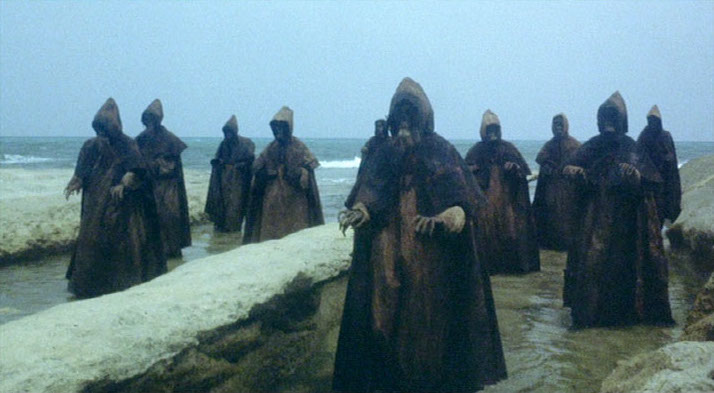
After “Return of the Evil Dead” and before the closing title in Ossorio’s Templar cycle, “Night of the Seagulls” (La Noche de las Gaviotas, 1976), the deadly eyeless knights change their arid scenarios for a ghostly galleon where they haunt a beauty model through the atmospheric scenery of a Flying Dutchman-like story.
Staring today at the weightless and oneiric movement of Ossorio’s Templars uncovers a gothic type of horror, supported by a phantasmagorical beat and anxious slowness. All of this is accompanied by Antón García Abril’s score, which is a Gregorian Chant-inspired dismal psalm.
9. The Legend of Blood Castle (Ceremonia Sangrienta, Jorge Grau, 1973)
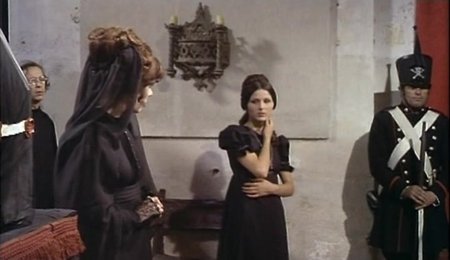
Lucía Bosé and Espartaco Santoni co-lead in the first of Jorge Grau’s two impressive contributions to horror. “Blood Castle” is Countess Bathory’s tale revisited in contrast with Hammer Productions in a social and demythologizing way. Moved by his own interest in eternal youth quests of avoiding death and dispelling the symptoms of decadence, Jorge Grau wanted to shoot this film not as a horror story but as a human one, admitting that he wasn’t able to do it until horror cinema trends arrived.
Playing with deconstructing horror style units, he proposed an elaborate social criticism speech at the same time, granting the film a naturalistic approach allowing fantastic and intrigue aspects to join in one unclear depiction of the socio-political settings of 19th century’s central Europe.
10. Let Sleeping Corpses Lie (No Profanar el Sueño de los Muertos, Jorge Grau, 1974)
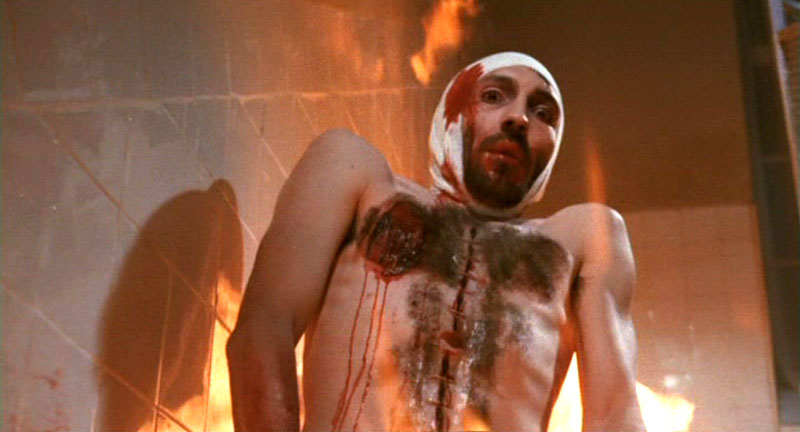
The second horror flick directed by Jorge Grau starts with some Manson-like murders investigated by a couple of cops who chase two strangers suspected of being responsible for the deaths. Not only are Grau’s films technical and visually high-level crafts, they are notably superior to other contemporary features that also own a series of characteristics, storyline and staging that unfortunately won’t have any continuity in genre cinema in Spain, not even in Grau’s filmography.
“Let Sleeping Corpses Lie” is an impressive allegory of the dangers environmental contamination can lead when damaging the ecosystem. Amongst the several derivatives of George A. Romero’s “Night of the Living Dead”, Grau’s outstanding directing skills, special effects and make-up job should be pointed out.
11. It Happened At Nightmare Inn (Una Vela Para El Diablo, Eugenio Martín, 1973)
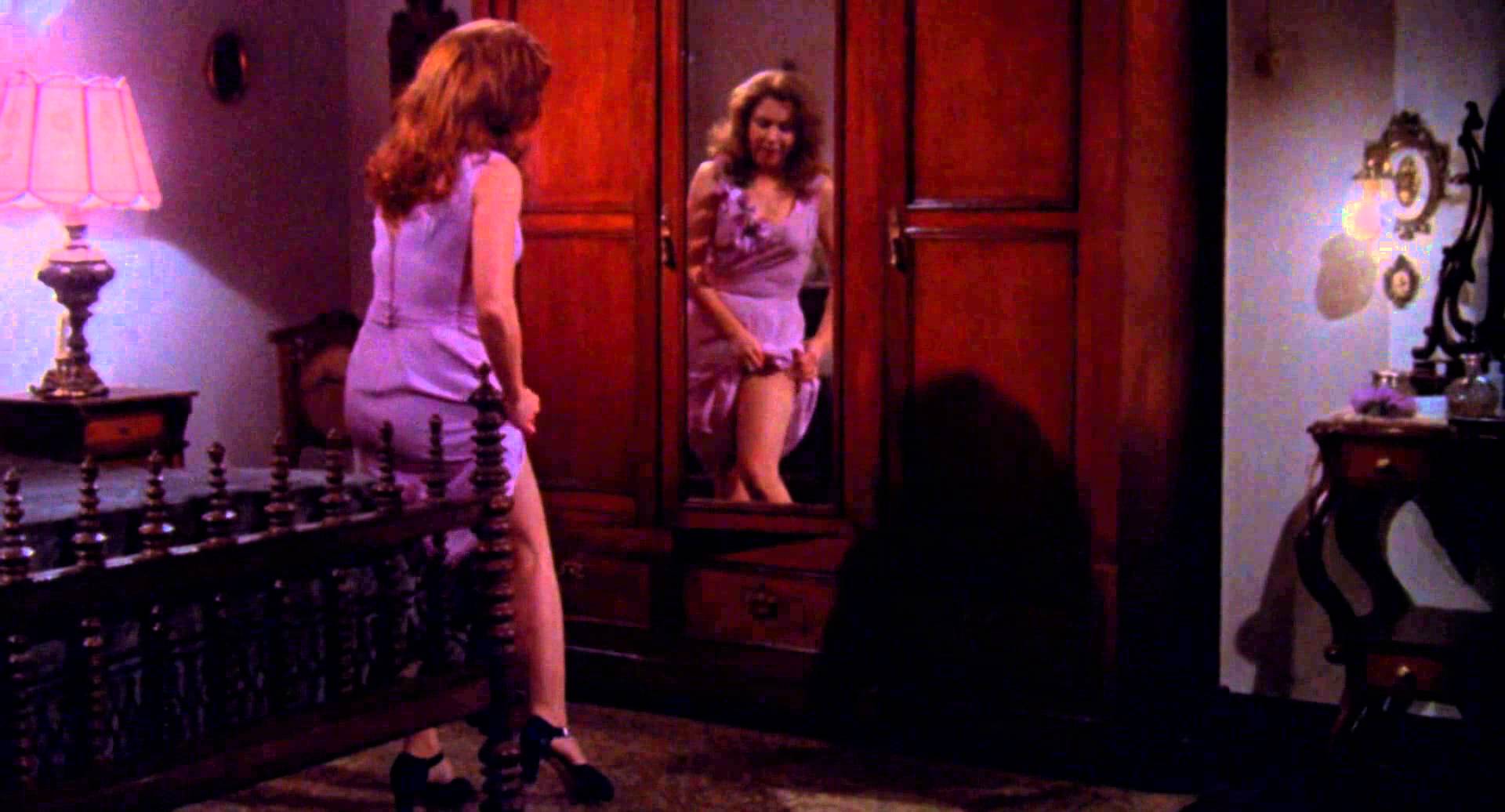
Eugenio Martín is credited here as Gene Martin, and is the director of the cult horror classic “Horror Express” (Pánico en el Transiberiano, 1972). This movie’s great success allowed Martín to carry out a more personal project, for which he also established his own film company to exercise as a producer.
This project was “It Happened At Nightmare Inn”, a critical approach to Spanish Catholicism concealed under the likes of the giallo genre where two sisters with heavy religious values who run a little hotel can’t stand the foreigners’ immorality and start killing them. Taking advantage of the touristic growth that took place years before, when new ideas were introduced in a society troubled by reactionaries imposed by the Francoist regime; it was easier to go unnoticed in big cities but not so in rural areas.
Aurora Bautista in the leading role was a lucky choice because she had been playing other religiously distraught characters, which is why her fanatic role is not only a film personage, but an extension of one of the two unequal dominant mentalities in Spanish society. Her younger sister, played by Esperanza Roy, is a bit more open-minded but ends up giving in to the elder’s desires, mostly out of fear of being punished. That’s where the film’s power resides; in Martín describing the pitiless two differentiated Spanish mindsets.
12. Trip to Beyond (Viaje al Más Allá, Sebastián D’Arbó, 1980)

Sebastián D’Arbó is an esoteric and parapsychology pioneer, journalist, fantastic culture anthropology expert and filmmaker. His incursion in filmmaking was brief but interesting, due to his field of narrative exploration based on paranormal matters and his relationship, personal and professional, with well-known horror storyteller Narciso Chicho Ibáñez Serrador.
“Trip to Beyond” is the first of a trilogy that is completed with “The Entity” (El Ser, 1982) and “Beyond the Death” (Más Allá de la Muerte, 1986), all three of them starring Narciso Ibáñez Menta, father of above mentioned Narciso Chicho Ibáñez Serrador.
D’Arbó had been working at TVE, Spain’s first public TV channel, and also as a cameraman, cinematographer and focus puller for most of the Balcázar Studios spaghetti western productions shot in Esplugues de Llobregat, Catalonia (first spaghetti western set built in Spain, before the ones universally known in Almería), so this artistic and technical knowledge was useful to him in his future films.
In the film that opens D’Arbó’s trilogy, Ibánez Menta is Doctor Meinen, a parapsychology scholar who calls several people, who have all been subjects of paranormal phenomenons, to a manor house in order to explain their experiences in a sketch structure style that converges in the end.
13. Pieces (Mil Gritos Tiene La Noche, Juan Piquer Simón, 1982)
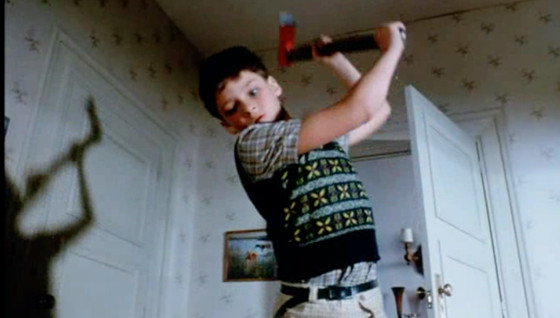
“Pieces” is about a jigsaw puzzle murderer who collects body parts of girls he kills on a university campus, with Mary Riggs as a police officer investigating those crimes impersonating a tennis teacher with the additional help of a student. In a censored prologue to the film, which is essential in understanding the murderer’s obsession, a boy is seen playing with a puzzle of a naked woman; when his mother notices and yells at him, he kills her with an axe and a saw.
Juan Piquer Simón was offered to direct a sequel to “The Last House on the Left” by Wes Craven, but having found it boring (said by himself) he decided to go with “Pieces”, a 30-page script written by Joe D’Amato, and as he later said, rewritten and improvised while shooting. The production staff requirements turned the film into madness, seemingly transforming the flick into an opener to the funny-horror trending films we can see today, but it surely became a cult classic slasher film.
14. Howl of the Devil (El Aullido del Diablo, Paul Naschy, 1987)
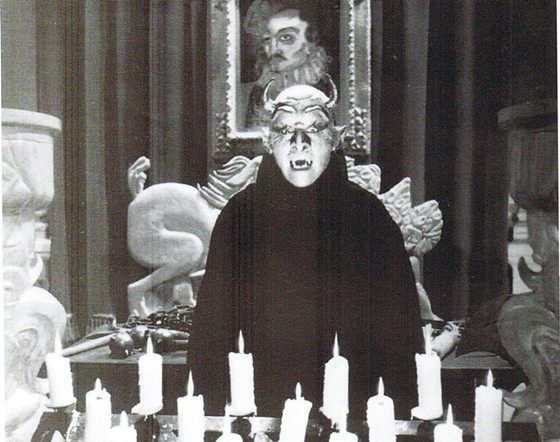
Paul Naschy’s career was not only full of his representations of Waldemar Daninsky and other classic horror monsters, it also has some significant inputs in filmmaking, like “Howl of the Devil”, where Héctor Doriani plays a failed actor whose brother, Alex, was a successful horror film performer who died under strange circumstances.
Héctor hires prostitutes in order to have sex with them disguised as horror characters, but the girls start appearing dead and the Doriani dark past returns haunting Adrián, Héctor’s nephew, in the monster form from classic horror films.
Fantaterror was coming to an end in large part because of the Miró Law, facilitating a supposed quality cinema production (malevolently called by Jesús Franco as slow redneck cinema), and the pre-production from “Howl of the Devil”, its script’s authorship mystery, the complicated and problematic shooting, and the almost nonexistent following distribution consent the category of myth to a film that, otherwise, has an unstable and confusing storyline.
Some situations and dialogues are not clear as to whether they have comic or serious intentions, and Naschy’s own narcissism quoted several moments the misunderstood status of his figure and oeuvre. On the other hand, Adrián’s relationship with the monsters confer a social tenor to the film, picturing fictional monsters as preferable to real life ones, that are not physically but rather morally revolting, in response to the envy, despotism, hypocrisy, greed and other human nature faults depicted by nearly all the characters in the film.
15. Slugs (Slugs, Muerte Viscosa, Juan Piquer Simón, 1988)
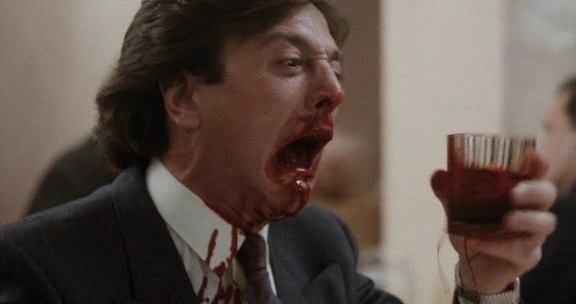
Violent deaths are occurring in a mild little town and health inspector Mike Brady blames some mutant killer slugs. Juan Piquer Simón considered “Slugs” an homage to the 50’s B-movies of giant ants, mutant spiders and other contributions that meant great innovation to fantastic genre, where radioactive animals created by science or human blunder (or both) caused destruction and death through towns and cities facing the authority’s ineptitude and finding salvation from an ordinary hero. A structure found in “Slugs” maintained no excessive plot surprises but adding slugs, blood and gore.
Author Bio: Marina Berlanga is a freelance artist from Barcelona, she loves films and manages to cancel all her plans to go to the cinema. Friends and family request bringing her back home if you see her in a movie theater.